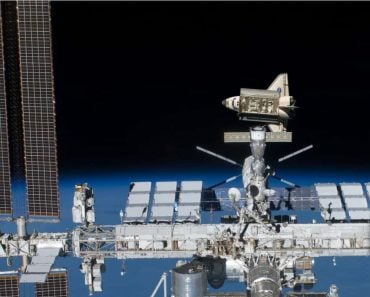The average internal temperature of the ISS is maintained at a comfortable level. The ISS experiences a wide range of temperatures, but the temperature is kept consistent throughout the day.
A buddy of mine once showed me a video of an astronaut onboard the ISS talking about the things he and the other members of his team did on a daily basis up there in space, and generally explaining what it’s like to live aboard the ISS.
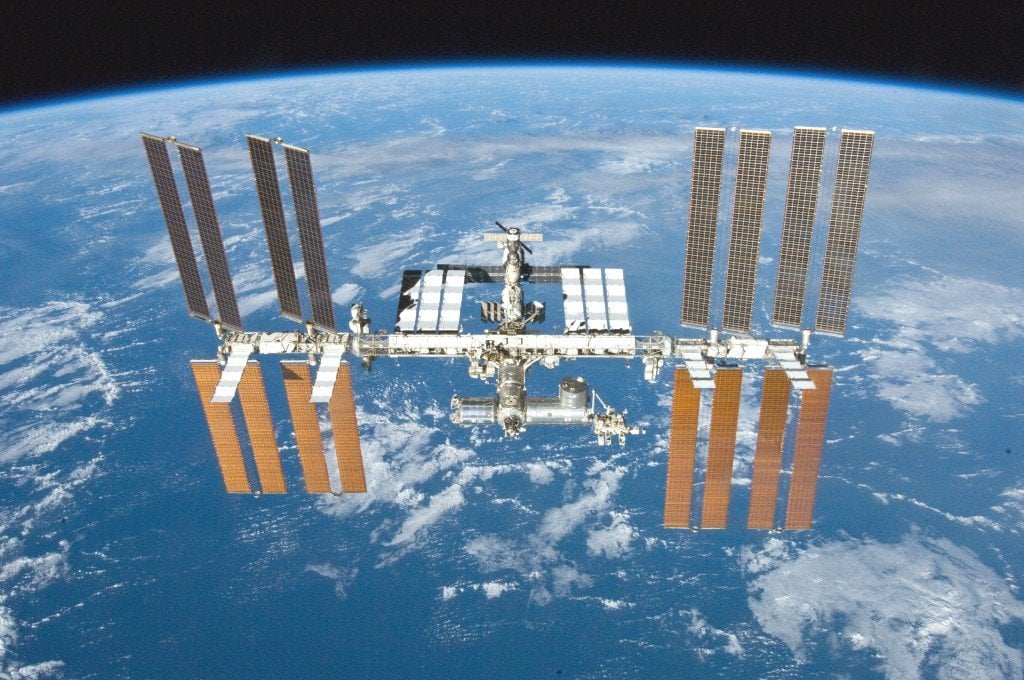
The one thing that my friend noticed, however, was that the astronaut’s face was glistening with sweat. Consequently, he wondered if it was hot up there on the ISS.
Recommended Video for you:
What’s The Average Internal Temperature Of The ISS?
Short answer: As you can imagine, the temperature on the ISS is neither too high nor too low; rather, it’s maintained at a comfortable level as a result of certain elaborate processes and equipment so that the crew and the technical systems onboard continue to function without any problems.
The ISS Experiences A Wide Range Of Temperatures
Orbiting the planet at an altitude of 330-435 kilometers above the surface of Earth, the International Space Station experiences a wide range of temperatures. Since it continuously revolves around the planet, sometimes it’s on the sunlit side of the Earth, while at other times, it’s on the dark side.
When the ISS faces the sun, the (external) temperature it experiences is around 250 degrees Fahrenheit (121 Degrees Celsius). On the other hand, when it’s on the side when our planet completely blocks out the sun, the thermometers plummet to minus 250 degrees Fahrenheit (-157 degrees Celsius).

Given the fact that the ISS experiences 16 sunrises and 16 sunsets in a single day, you can imagine the drastic changes in temperature the ISS experiences.
However, of course, you can’t have humans doing their research, calibrating systems, making repairs and doing other important activities in a spaceship when they constantly have to worry about how hot or cold it is going to be every given hour. Moreover, the complex systems and equipment aboard the spaceship can also only handle so much constant temperature variation.
So, you have to make sure that a constant temperature is maintained aboard the ship. The question is… how do you do that?
How Does The ISS Deal With The Radiation In Space?
Back on Earth, heat is transferred through the air mainly through either conduction or convection, but since there’s virtually no air up in space, radiation is the only way things heat up.
In order to ensure that the thermal radiation doesn’t raise the internal temperature of the ISS or that heat from within the ISS is not lost to the outside, they use a highly reflective blanket called Multi-Layer Insulation (MLI) to cover basically the entire space station.
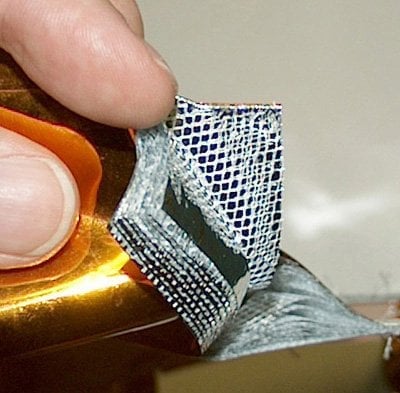
This reflective layer is made of aluminized Mylar – a form of polyester resin used to make heat-resistant plastic films and sheets, as well as dacron. The aluminized Mylar makes sure that the sun’s radiation doesn’t get through the MLI, while layers of dacron are used between the Mylar sheets to keep them separated. This ensures that heat is not transferred through conduction, and that radiation remains the dominant heat transfer method onboard the ISS.
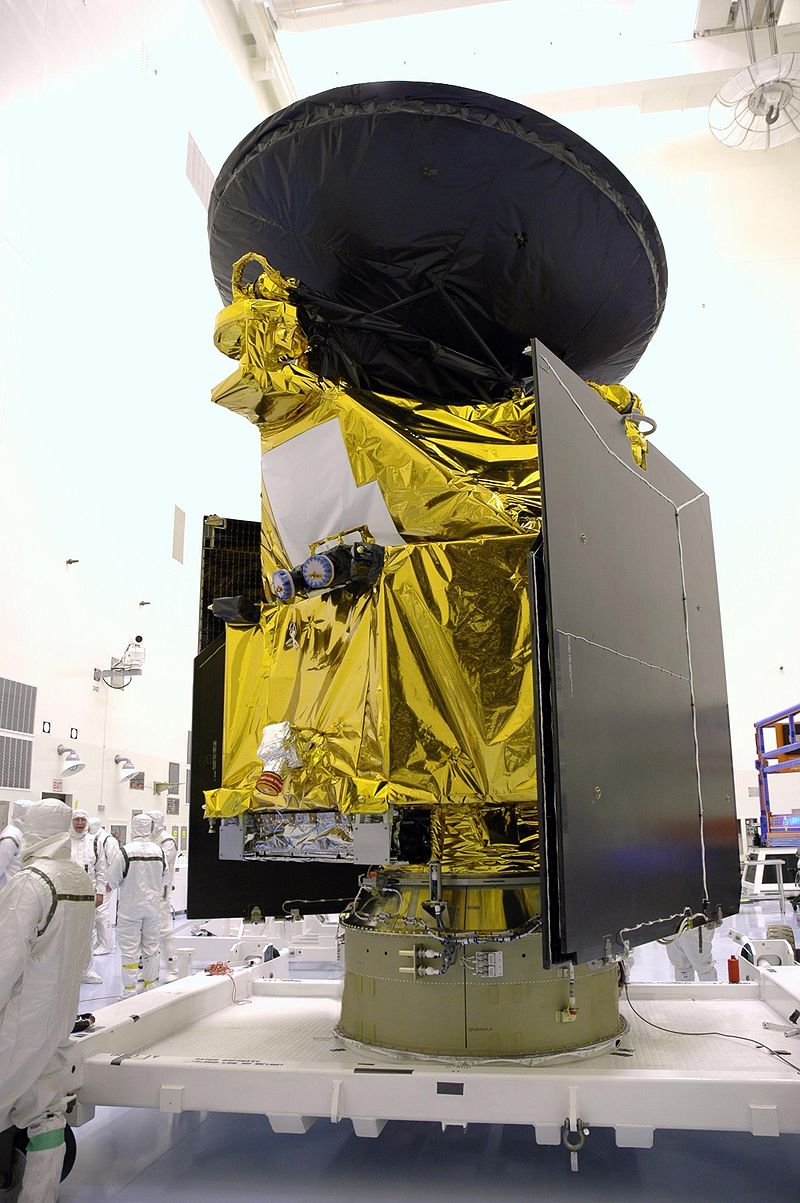
The MLI blanket covers almost all of the ISS, except the windows, as they are used by astronauts for research and ergonomics. This reflective blanket not only keep’s the sun’s radiation at bay, but also shields the ISS from the bitter cold of space.
How Does The ISS Keep Itself From Getting Too Warm?
The MLI blanket does its job of regulating heat transfer so well that the ISS needs to deal with another thermal challenge – with all the technological equipment running and emitting heat, plus the body heat of the crew, how do they keep the ISS from getting too hot?
The excess heat generated onboard the ISS is taken care of by a set of heat exchangers, technically known as the Active Thermal Control System. Waste heat onboard the ISS is removed in two methods – using cold plates and heat exchangers, both of which depend on a circulating water loop to cool down. Cold water passes through the aforementioned heat-exchanging devices and absorbs the heat energy from them. Subsequently, this energy is sent to the radiators (located on the exterior of the ISS) to be expelled into space.
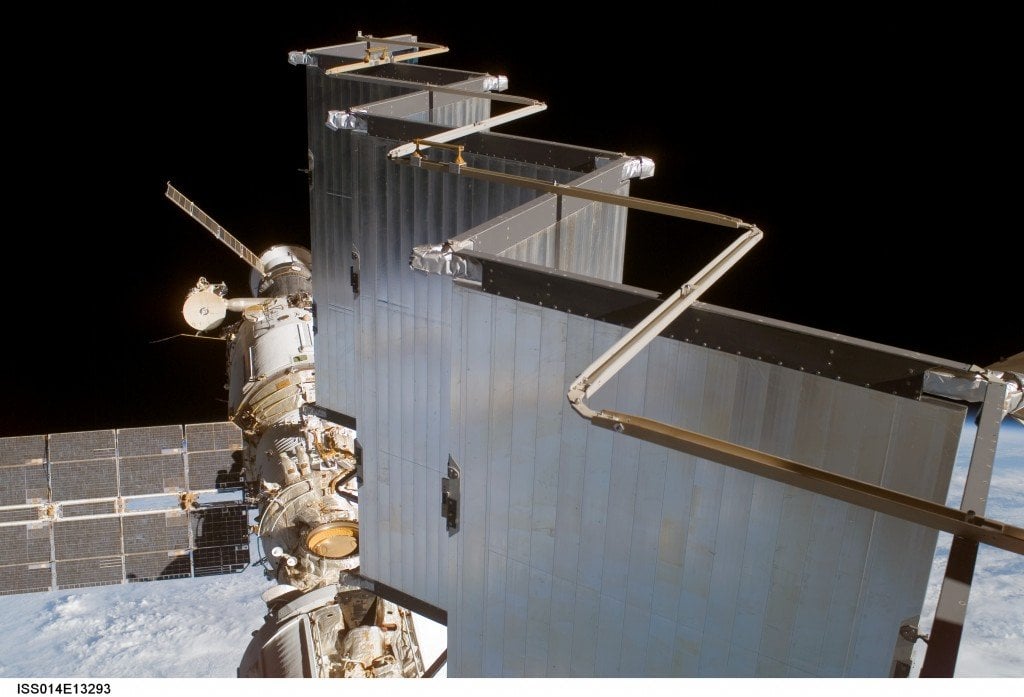
Use Of Ammonia For Heat Exchange On The ISS
Since the heat-carrying cold water would quickly freeze in the bitter cold of space, the waste heat travels one more time through a loop; only this time, the loop contains liquid ammonia instead of cold water.
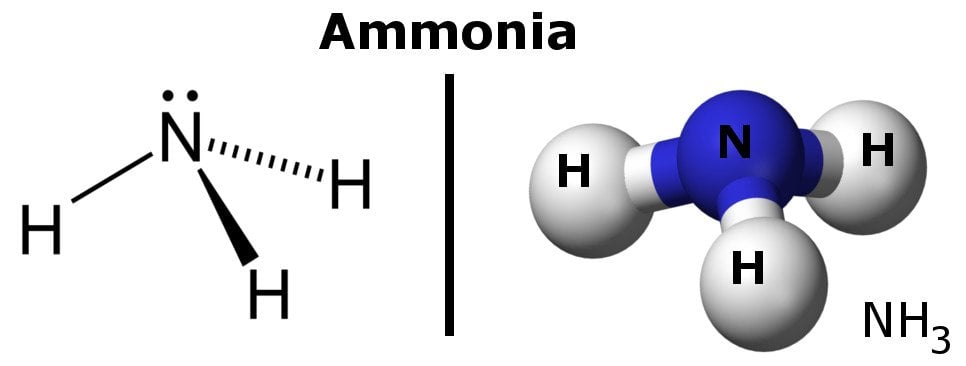
The reason behind using liquid ammonia is that it freezes at a much lower temperature than water (-107 degrees Fahrenheit / -77 degrees Celsius), so it doesn’t freeze as easily as water (outside the ISS). The heat-carrying ammonia passes through radiators and “dumps” the heat in space as infrared radiation.
As for the sweaty astronaut my friend saw in the video, it’s highly likely that the astronaut had simply been doing a vigorous workout session (astronauts onboard the space station have to exercise every day) before filming that video, which caused all that perspiration. Whatever the reason, I’m pretty confident that it wasn’t related to the ISS being too hot… they seem to know pretty darn well how to keep the temperature under control.
References (click to expand)
- International Space Station - Wikipedia. Wikipedia
- BoPET. Wikipedia
- Spacecraft thermal control - Wikipedia. Wikipedia
- Staying Cool on the ISS - NASA Science. The National Aeronautics and Space Administration
- Cooling System Keeps Space Station Safe, Productive - NASA. The National Aeronautics and Space Administration
- Integrated Truss Structure - NASA. The National Aeronautics and Space Administration
- Themal Control - goes.gsfc.nasa.gov
- Thirsk, R., Kuipers, A., Mukai, C., & Williams, D. (2009, June 1). The space-flight environment: the International Space Station and beyond. Canadian Medical Association Journal. CMA Joule Inc.






